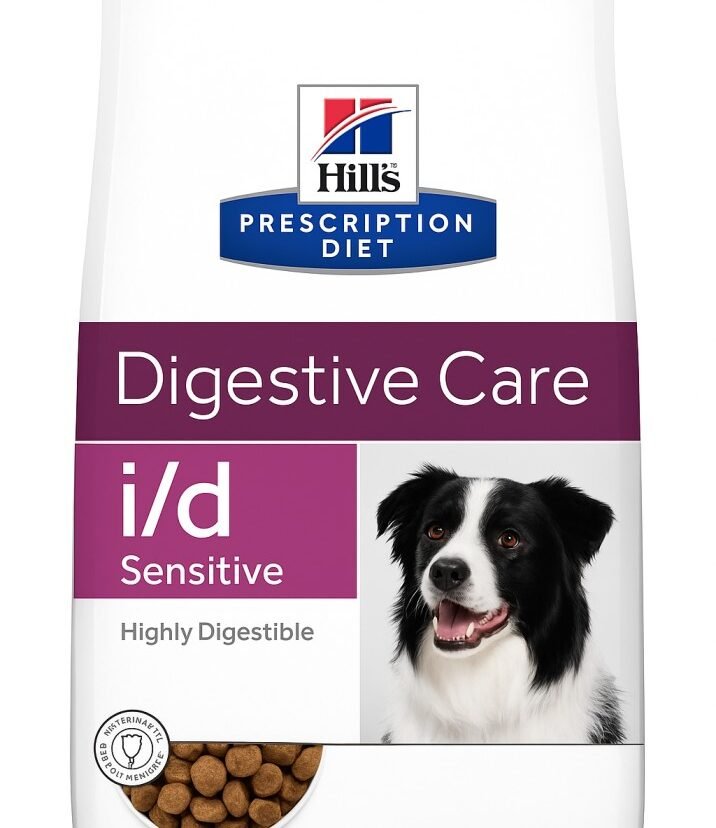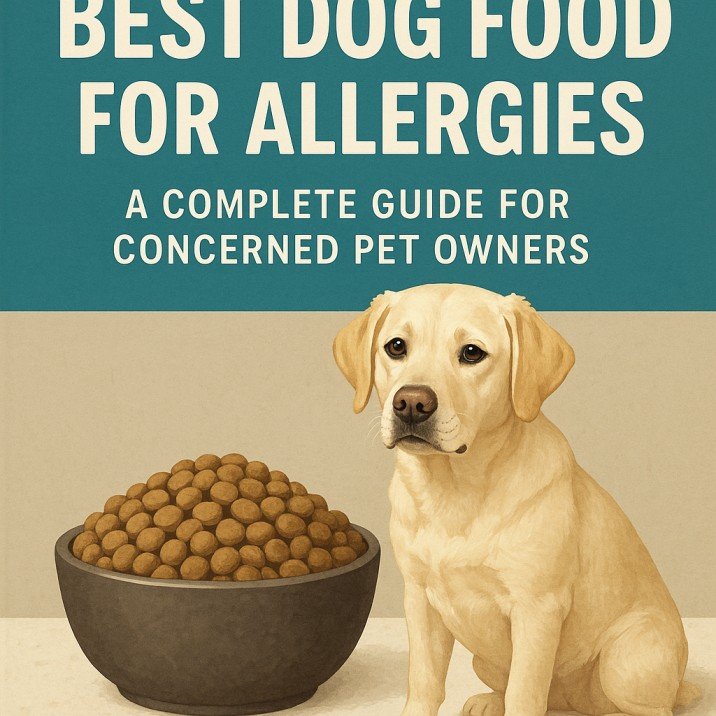Best Dog Food for Small Breeds: A Complete Guide for Pet Parents
When it comes to feeding your furry companion, one size definitely does not fit all—especially for small dog breeds. Whether you have a spunky Chihuahua, a loyal Shih Tzu, or an energetic Miniature Poodle, choosing the best dog food for small breeds is essential to support their unique health and energy needs.
Small dogs may be tiny in size, but they pack a lot of personality and require precise nutrition to thrive. This guide will help you understand what to look for in small-breed dog food and highlight the top features that make a difference in their everyday health.
Why Small Breeds Need Special Dog Food
Small dogs have faster metabolisms than larger breeds. They burn calories more quickly, which means they need a diet that provides high energy in small portions. But it’s not just about calories—they also have smaller stomachs, delicate teeth, and are more prone to certain health conditions like dental issues, hypoglycemia, and digestive sensitivities.
Here are some of the key reasons why small breeds benefit from food designed just for them:
- Higher calorie needs per pound of body weight
- Small kibble sizes for easier chewing
- Nutrient-rich formulas to meet energy demands
- Added ingredients for skin, coat, and dental health
Key Features of the Best Dog Food for Small Breeds
When shopping for food for your small pup, look for the following qualities to ensure they get the best nutrition:
1. High-Quality Protein
Small dogs need protein to support muscle strength and overall vitality. Look for real meat like chicken, turkey, or salmon as the first ingredient. Avoid by-products or vague meat sources.
2. Calorie-Dense Formulas
Since small dogs eat less per meal, their food must be rich in calories and nutrients. A good small-breed formula will pack more calories per cup than standard dog food, giving your pup the fuel they need without overfeeding.
3. Small-Sized Kibble
Tiny mouths need smaller bites. The kibble should be specially designed to suit the jaw size of small breeds, helping with chewing, digestion, and even dental health.
4. Digestibility
Look for foods that contain easily digestible ingredients. Whole grains (like brown rice and oatmeal), sweet potatoes, and limited fillers can help avoid stomach upset.
5. Omega Fatty Acids and Antioxidants
Omega-3 and Omega-6 fatty acids promote healthy skin and a shiny coat. Antioxidants from fruits and vegetables help support immune health and long-term wellness.
6. Added Vitamins and Minerals
Small-breed formulas often include nutrients tailored to their specific needs, such as calcium for bone health, glucosamine for joints, and taurine for heart function.
Top Tips for Choosing the Right Food
Every dog is different, and your small pup might have unique needs based on their breed, age, activity level, or health conditions. Here are a few tips to make the right choice:
- Check the label: Make sure the food is labeled “complete and balanced” and meets AAFCO standards.
- Consider life stage: Puppies, adults, and senior dogs have different nutritional requirements. Choose a formula that matches your dog’s age.
- Avoid unnecessary fillers: Corn, soy, and artificial additives can be hard to digest or trigger allergies in some dogs.
- Try grain-free only if needed: Grain-free isn’t always better. Choose it only if your dog has a known grain allergy or sensitivity.
Common Mistakes to Avoid
While it’s tempting to feed your dog based on convenience or brand popularity, small breed dogs require special attention. Avoid these common pitfalls:
- Feeding large-breed food: It’s not designed for their metabolism or dental structure.
- Guessing portions: Always follow feeding guidelines based on weight and age to prevent obesity.
- Switching foods too quickly: Transition gradually over 7–10 days to avoid digestive upset.
- Overfeeding treats: Treats should make up no more than 10% of their daily calorie intake.
Signs You’ve Chosen the Right Dog Food
Once your small dog is on the right food, you’ll likely notice improvements in their energy, digestion, and overall health. Here are positive signs to look for:
- Consistent, healthy stools
- Shiny coat and healthy skin
- Steady weight and body condition
- Good energy levels and playful behavior
- Fresh breath and clean teeth
If you’re not seeing these signs, it may be worth adjusting the formula or consulting with your veterinarian.
Should You Consider Wet, Dry, or Fresh Food?
Each type of food has its pros and cons. Dry kibble is great for dental health and convenience, while wet food may be easier for picky eaters or older dogs with dental issues. Fresh or frozen food options offer a human-grade approach, but often come at a higher cost.
In many cases, a combination approach works well—dry food for structure, with occasional wet or fresh meals for added variety and hydration.
Final Thoughts
Choosing the best dog food for small breeds means understanding your dog’s unique needs and selecting a formula that supports their health from nose to tail. Prioritize real ingredients, proper calorie levels, and kibble designed for their size.
Whether your small dog is a lap-loving senior or an energetic puppy, the right food can make a world of difference. Take the time to read labels, monitor your dog’s response, and don’t hesitate to ask your vet for guidance. A well-fed small dog is a happy, healthy companion for years to come.








Leave feedback about this